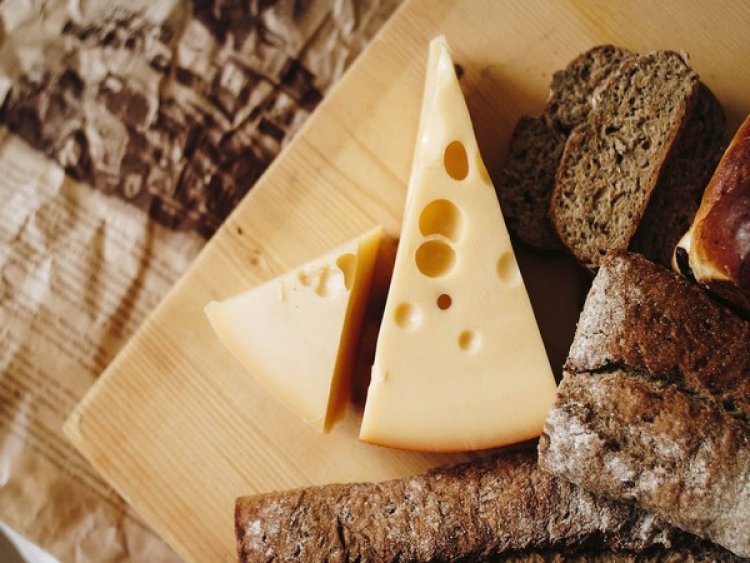Scientists identify microbes required to produce traditional mozzarella

Washington, US: Italian scientists used high-throughput 16S rRNA amplicon sequencing, which provides a detailed picture of what microbes are present and in what proportions.
“This study sheds light on the intricate interactions of microorganisms throughout the manufacturing process and fosters a deeper understanding of the craftsmanship behind this esteemed Italian cheese,” said Dr Alessia Levante of the University of Parma, lead author of the study in Frontiers in Microbiology.
Buffalo mozzarella must be made according to a specific recipe in order to qualify for protected designation of origin (PDO) status. Water buffalo milk, either raw or pasteurised, is heated and inoculated with a rennet and natural whey starter. This starter quickly acidifies the curd, bringing it to the proper pH and making it stretchy enough to be moulded.
The formed curds are ripened for about four hours until they reach the proper pH, at which point they become elastic and can be stretched and moulded under boiling water. These curds are then brined and hardened under running water.
Minor differences in this procedure distinguish the products of different dairies.
To investigate the role of bacteria and whether it differs between traditional and modern dairies, Levante and her colleagues chose two dairies in Campania that produce mozzarella that qualifies for PDO status: one larger and using more modern technology, and one smaller and using more traditional processes.
They sampled the milk, natural whey starter, cheese curd before stretching, brine, and mozzarella from the dairies.
“While both dairies produced PDO mozzarella di bufala Campana, subtle variations, such as temperature and duration of processes, influenced the cheese’s microbial composition and potentially impacted organoleptic properties,” said Levante.
19 samples were concentrated enough to be sequenced for the 16S rRNA amplicon gene. This method works by sequencing a sample's DNA and amplifying specific regions of a highly variable gene, then using this information to identify the microbe species present and the proportions in which they appear.
The team discovered that while the more modern dairy's pasteurised milk added fewer microbes and species of microbes to the process than the more traditional dairy's thermalized milk, the brine samples were just as rich in species as the processed cheese samples. During the curd process, a few species emerge and take over.
Microbes from the Lactobacillus and Streptococcus genera dominated both samples. The more traditional dairy's natural whey starter contained roughly equal amounts of both, whereas the more modern dairy used a natural whey starter dominated by Streptococcus.
Certain species within each genus were unique to each dairy. Lactobacillus increases and Streptococcus decreases after curdling in both sets of samples, possibly due to the removal of thermal stress caused by the stretching process.
The brine also provides a source of microbial diversity by inoculating the external layer of the cheese with new microbes as it comes into contact with it. However, not all of the microbes found in the brine are present in the cheese.
This could be because they aren't adapted to living on cheese, or because they appear later in the cheese's shelf life after the samples were taken. Despite the large number of microbe species present in the milk and brine, it appears that the natural whey starter has the greatest influence on the microbial make-up of mozzarella.
“We are planning a larger project to investigate more deeply the role of raw buffalo’s milk in defining the microbiota,” said Levante.
“This study’s scope was limited to two dairies and a specific sampling size. To provide more comprehensive insights into the microbial intricacies of traditional food production, future research aims to encompass a larger number of producers and manufacturing days.”















































